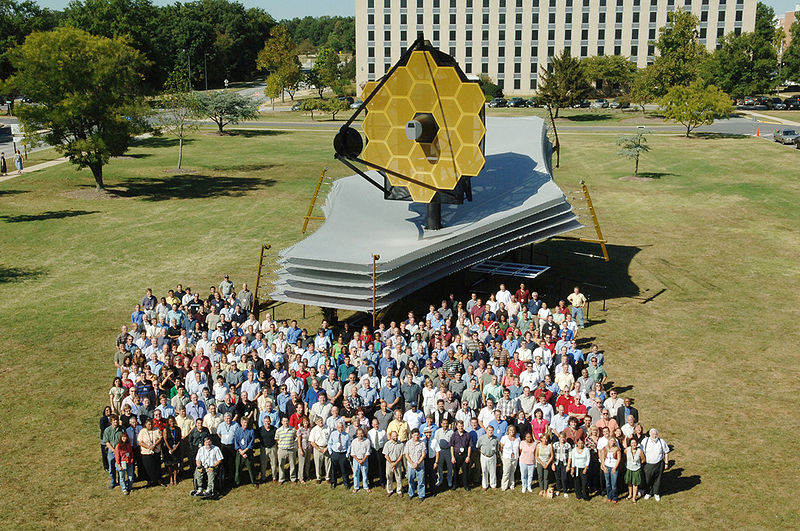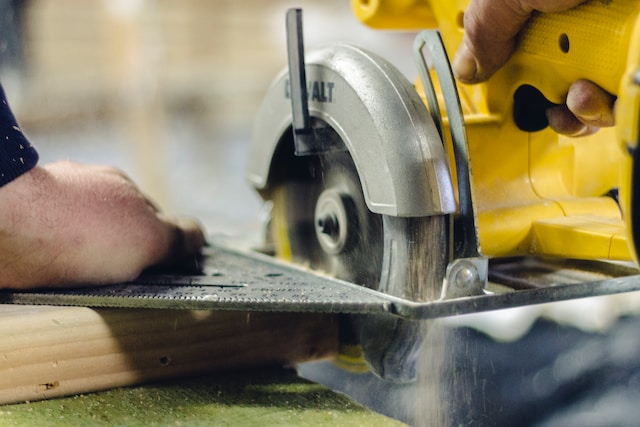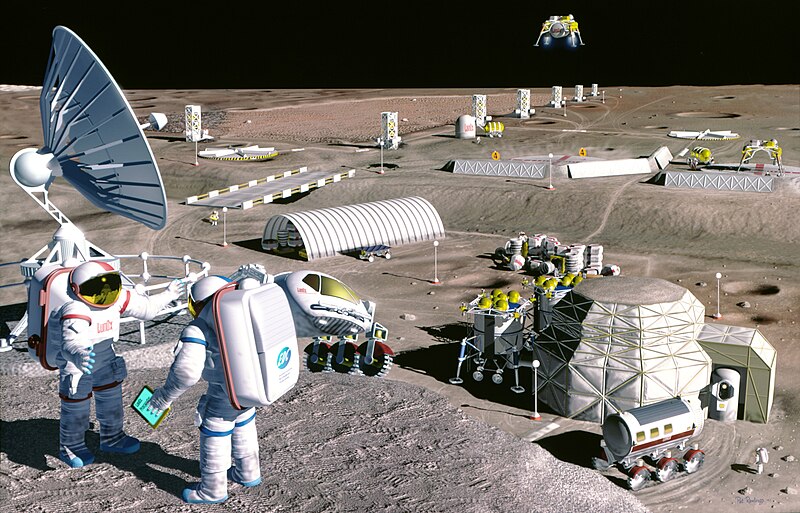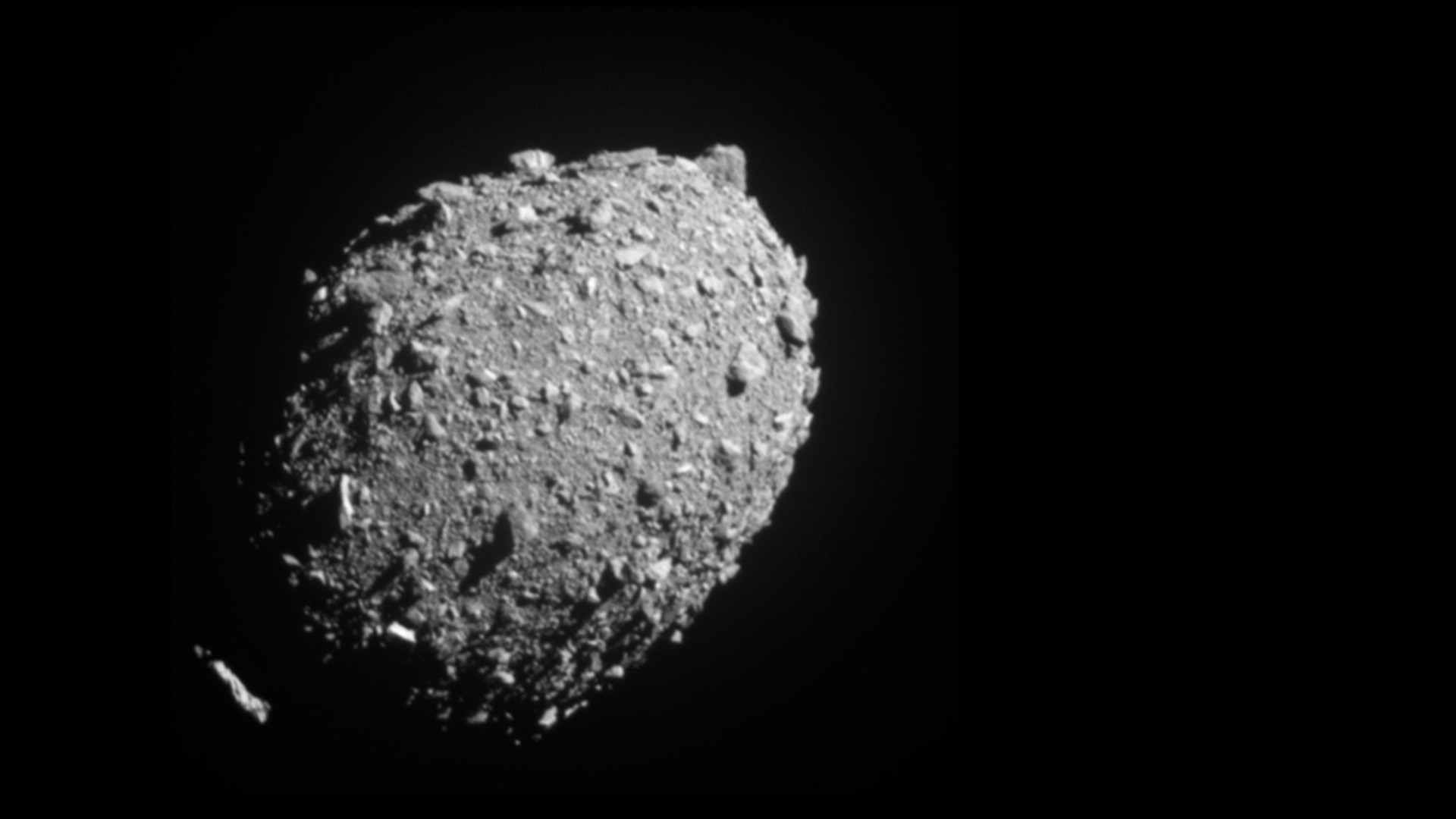Sensors for Consumer Products
People worldwide are now becoming familiar with smart watches, smart thermostats, smart refrigerators, smartphones, diabetic meal planning sensors, and more. All of these products are being improved at a breakneck pace; hardware and software are being upgraded to make these technologies easier to make. And new designs, including flexible electronics, are making products lighter and easier to use.
And software is being written so these technologies can help improve the lives of everyone. For example, the upcoming iPhone 8 concept is reported to no longer have the “home button,” that button we all push many times a day. Apple may move this home button and its fingerprint sensor to the OLED display, and activation of these functions will happen via 3D touch with help from new sensor technology.
Sensors in Industry
On a larger scale, architecture, engineering, and communications and software companies are gearing up to deliver products and services to make cities smart. AT&T, for example, launched its “Smart Cities Framework” which offers a variety of products and services to help technology companies build connected cities. And.net programmers are now using Microsoft’s Azure IoT hub as IoT development heats up. GT Government Technology provides “6 Principles in Planning City Level Sensor Projects.”
Countries around the world are now embracing remote-sensing technology, scientific cameras, cable systems, and satellites to help plan for and recover from weather and other natural disasters. The Philippines, for example, has recently joined the space race as it gets ready to deploy a series of microsatellites.
Finally, a new traffic management and road planning system in Dubai is designed with sensors that improve the harmony and synchronization of vehicle and pedestrian traffic, thereby saving lives.
Sensor-Based Motion Planning
Sensor-based motion planning is now helping wheeled mobile robots to operate in dynamically changing environments. It is also helping both vehicles and robots determine their own position, the position of other vehicles, path planning, route planning, and more.
The following is a video entitled “Experiment on the Mockup: Adaptive Motion Planning for Rough Terrain.”







